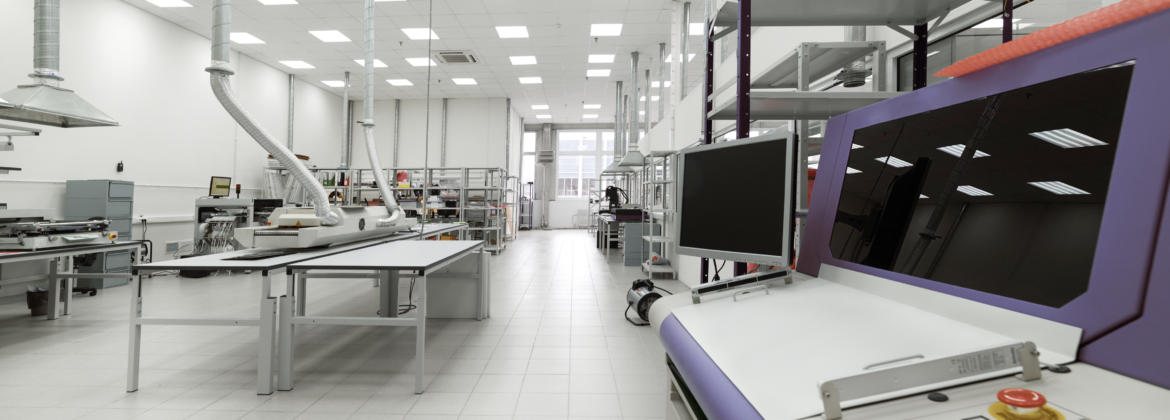Get Investment Ready
- Colorado Springs, Colorado
- (719) 367-4136
- info@poewolfpartners.com

When you’re involved in your business’s day-to-day operation, it’s challenging to see flaws and areas that need improvement. To maximize your business’s value, you must look at it through the eyes of a potential investor. You must look at your company through an objective lens and be honest with yourself.
Success begins with understanding that an investment or sale is a process. It builds from a constructive mindset and extends through a series of disciplined steps. To better understand The Site Visit, let’s take a look from the investor’s perspective.
Brady Corporation, located in Des Moines, Iowa, designs and manufactures power, distribution, and specialty transformers; switchgear and switchboard equipment; and industrial controls for commercial wholesalers and the construction sector. Brady works closely with OEM (original equipment manufacturer) partners to create customized electronic components solutions to fit each application, ensuring a unique and differentiated user experience.
Brady Corporation is a private middle-market company with $50MM in annual sales, 220 employees, and a 150,000 sq. ft. manufacturing facility. The company was founded more than 40 years ago by Arthur Brady. Darlene Brady, Arthur’s daughter, is the company’s chief executive officer.
The electrical equipment manufacturing sector is expected to grow due to infrastructure upgrades that were postponed due to the global COVID-19 pandemic. To prepare for the growth, the Brady family is looking to acquire another manufacturing facility, also known as a horizontal add-on, located in Nebraska or Missouri.
Darlene Brady, CEO, and her team have compiled a list of target businesses. Using that list, they have narrowed it to a few viable targets. The next step is to make contact with the target businesses and schedule site visits.
Investors will typically visit a business’s physical site to learn more about the company and study it firsthand. They will look for clues about how the company presents itself and how it utilizes its resources. Investors can learn a lot from how a company organizes its office and production space.
The investor needs to see what is going on in the business.
Chances are, management has briefed everyone that investors are coming for a look at the facility, so remaining visible problems are liable to be considered significant.
If the company uses toxic chemicals in its products, investors will want to see how the chemicals are contained and controlled. For example, when I worked for Cray Research, we considered two options for a new manufacturing facility. One was located below the groundwater level, while the other was above. We went with the location that was above the groundwater level to avoid the risk of potential leakage and groundwater contamination.
Investors will also look at manufacturing and production metrics. Below are a few key metrics.
Assuming the investor wants to pursue the purchase, thorough buyer due diligence occurs after the site visit. Based on their findings during due diligence, investors may make an offer beginning with a term sheet. A term sheet is a nonbinding agreement containing the basic terms and conditions under which an investment will be made. The term sheet also serves as the starting point for negotiating the agreement’s final legal terms between the investor and the business owner.
Learn to look at your business through the eyes of a potential investor. Success begins with understanding that an investment or sale is a process.